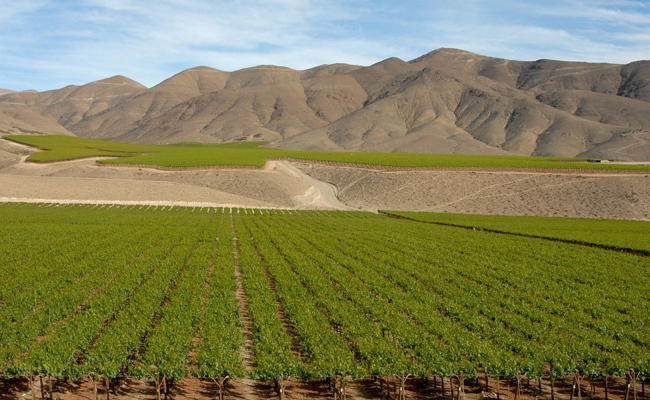Chile
As the world's fifth largest wine exporter with a vineyard footprint of over 200,000 hectares, Chile is not the overnight sensation that it may appear to be on the surface. Vines were first planted in this stick-thin South American country by the Spanish in the 1500s, and by the 19th century Chilean wine barons had taken a distinctly French view of proceedings, ripping out inferior Spanish vines and replanting vineyards with Cabernet Sauvignon, Merlot, Chardonnay and Sauvignon Blanc. Carmenere, another French import, has had a new lease of life as Chile's national grape and produces inky wines with earthy fruit and spicy tannins. Regions to watch out for include the the Central, Aconcagua and San Antonio Valleys, and the high-altitude vineyards of the Elqui Valley.
Following some quality and political issues in the first half of the 20th century, by the 1980s Chile was rapidly expanding its global footprint and became the powerhouse it is today as a reliable source of good value, consistent wines. There is much more to Chile than value, however, and the country produces exceptional, expensive age-worthy red wines that are worth seeking out for the cellar.


















